Who funds the WHO? Where does the money go?
In 2022, the World Health Organization spent twice as much money on salaries ($1.164 billion) as they did on medical supplies and materials ($551 million).
Summary of WHO 2022 Financial Details
The World Health Organization has net assets of $5.02 billion.
In 2022k, the World Health Organization had revenue of $4.354 billion, and expenses of $3.848 billion, with a net surplus of $506 million.
Voluntary contributions ($3,656 billion) made up 84% of the revenue received by the World Health Organization in 2022. These contributions often come with “strings” attached by the donors.
The 194 member nations contributed a total of $496 million in assessed conributions. Please note that the assessed payments made by the member nations were less than the net surplus!
The United States “donated” an additional $739 million over and above it’s required assessed payment.
Nearly 35% of expenditures ($1.337 billion) went to “Contractual Services.”
Over 30% of expenditures ($1.062 billion) went to the 8,851 World Health Organization staff members who earned an average of $120,000 each.
Only 13% of expenditures ($511 million) went to medical supplies and materials.
World Health Organization travel expenses totaled $161 million in 2022, more than double the amount of $78 million in 2021.
REVENUE
In 2022, the total revenue of the World Health Organization rose to $4.354 billion, and expenses grew to $3.848 billion. The United States donated $739 million (in excess of its assessed contributions) that mostly went unspent and contributed to the WHO’s $506 million surplus in 2022.
Total assessed contributions ($496 million) represented just 11% of total revenue in 2022.
EXPENSES
“Contractual Services”
Contractual services remained the largest expenses category in 2022, accounting for $1.337 billion (35%) of total expenses. It consists mainly of costs incurred in engaging experts and service providers to help implement programmatic activities. A detailed accounting of these expenses does not seem to be available.
Bureaucracy:
In 2022, over 30% of expenditures went to the 8,851 World Health Organization staff members who earned an average of $120,000 each.
SOURCES:
Voluntary contributions by fund and by contributor, 2022
https://apps.who.int/gb/ebwha/pdf_files/WHA76/A76_INF2-en.pdf
| ||
Audited Financial Statements for the Year Ended 31 December 2022
https://apps.who.int/gb/ebwha/pdf_files/WHA76/A76_17-en.pdf
| ||
A76/18Financing and implementation of the Programme budget 2022–2023 and outlook on financing of the Programme budget 2024–2025A76/19Financing and implementation of the Programme budget 2022–2023 and outlook on financing of the Programme budget 2024–2025Reporting on operational efficienciesA76/20Amendments to the Financial Regulations and Financial RulesOutcome of the consultation with Member States on the proposed options in relation to Article 7 of the Constitution of the World Health OrganizationA76/21Status of collection of assessed contributions, including Member States in arrears in the payment of their contributions to an extent that would justify invoking Article 7 of the ConstitutionA76/22Report of the External Auditor
A76/23Report of the Internal AuditorA76/24External and internal audit recommendations: progress on implementation
A76/25Appointment of the External AuditorA76/26Human resources: annual reportA76/27Report of the International Civil Service CommissionAmendments to the statute of the International Civil Service CommissionA76/28Staffing mattersReform of the global internship programmeA76/29Report of the United Nations Joint Staff Pension BoardA76/30Appointment of representatives to the WHO Staff Pension CommitteeA76/31Matters emanating from the Working Group on Sustainable FinancingSecretariat implementation plan on reformA76/32Sustainable financing: feasibility of a replenishment mechanism, including options for considerationA76/33Update on the Infrastructure FundUpdate on information management and technology
by James Roguski
The old system is crumbling, and we must build its replacement quickly.
If you are fed up with the government, hospital, medical, pharmaceutical, media, industrial complex and would like to help build a holistic alternative to the WHO, then feel free to contact me directly anytime.
JamesRoguski.substack.com/about
JamesRoguski.substack.com/archive
310-619-3055
All content is free to all readers.
All support is deeply appreciated.
This post is public, so feel free to share it.
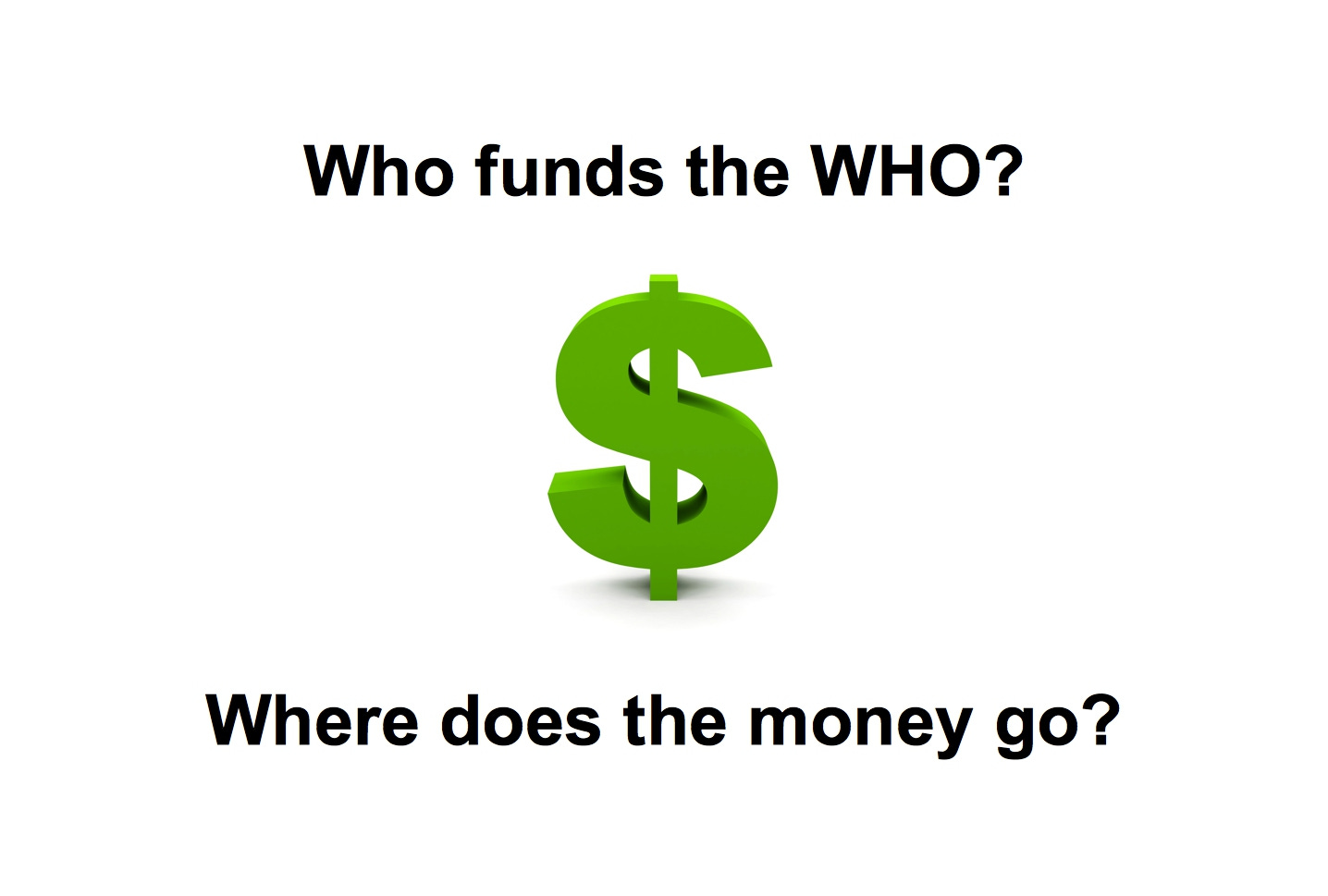 |


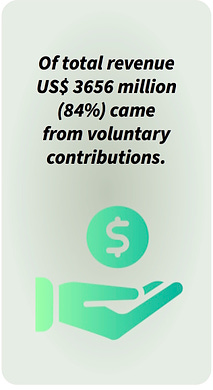
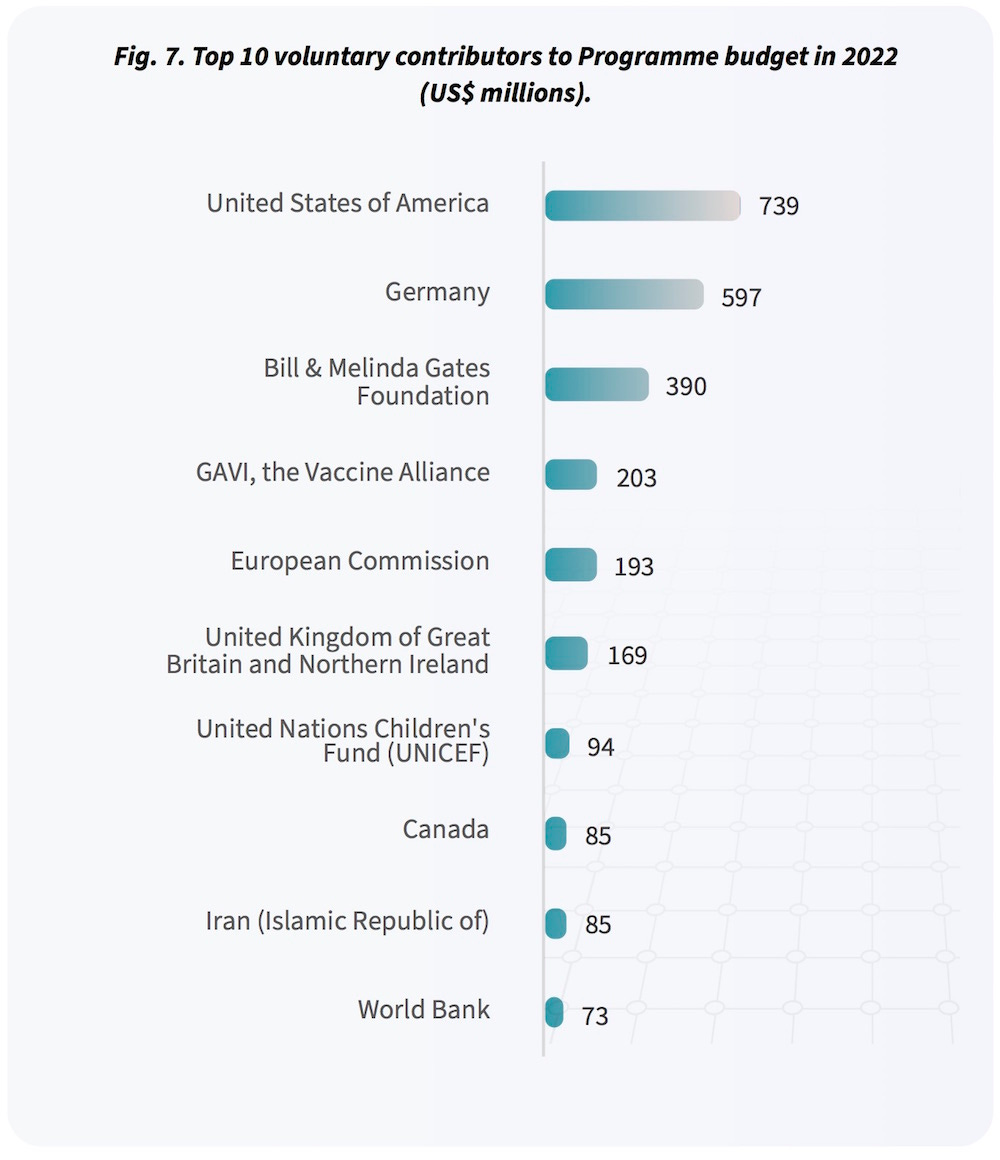
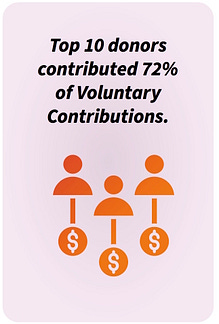

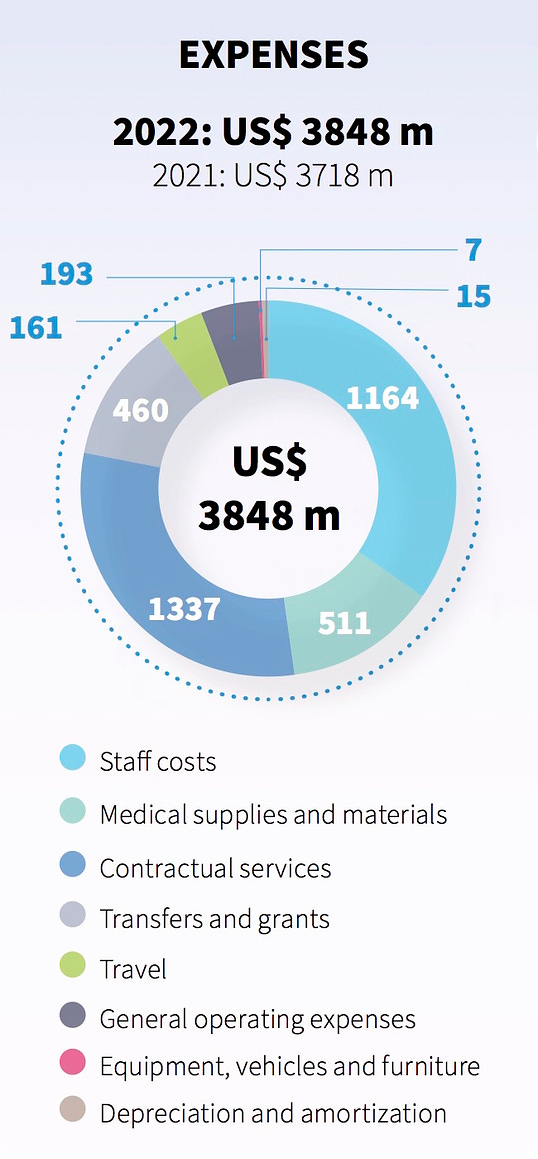


No comments:
Post a Comment